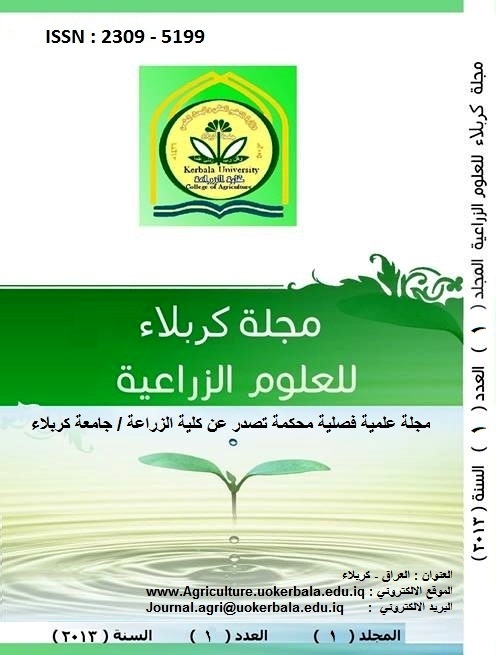Catechin extraction and purification of green tea (Camellia sinensis) and using it in treatment the candida albicans
DOI:
https://doi.org/10.59658/jkas.v1i1.336Keywords:
Green tea , Catechin, TLC, HPLC, ,candida albicans.Abstract
The extraction and purification Catechin of green tea Camellia sinensis using Separation of retail, as the extraction first with hot water and then hash extracted in two stages first mixed with chloroform and after were obtained at the layer of water, then the second phase mixed with acetate ethyl get disposal from compounds non polar was obtained a brown color dark without viscosity of a substance Catechin has been diagnosed and confirmed using reagents chemicals as well as technical thin layer (TLC) and the amount of Relative movement to the compound (0.76) when using the solution separated acetate ethyl: Benzene (9:11 ) using the technique High Performance Liquid Chromatography(HPLC) have emerged as one package. in the other side applied the catchin as anti mycotic agent, The susceptibility of Candida albicans to catechin were evaluated. The concentrations of catchin causing growth inhibition of tested strains of C. albicans in different zone inhibition .
Downloads
Published
How to Cite
Issue
Section
License
Copyright (c) 2013 Copyright (c) 2024 is the Author's article. Published by the Journal of Kerbala for Agricultural Sciences under a CC BY 4.0 license

This work is licensed under a Creative Commons Attribution 4.0 International License.
Licensing Terms
All articles are published under a Creative Commons License and will be directed to the Creative Commons Attribution 4.0 International License (CC BY 4.0) That permits use, distribution, and reproduction in any medium, provided the original work is properly cited. This license also allows the work to be used for commercial purposes.
Use by both non-commercial and commercial users
This content is licensed under a Creative Commons Attribution 4.0 International (CC BY 4.0) license, permitting use by both non-commercial and commercial users. Individual users may access, download, copy, display, and redistribute the articles to colleagues, as well as adapt, translate, and text- and data-mine the content, subject to the following conditions:
- The author's moral rights, including the right of attribution and the right to protect their work from derogatory treatment, are respected.
- Where content in the article is identified as belonging to a third party, users must ensure that any reuse complies with the copyright policies of the owner of that content.
- If the article content is reused for research or educational purposes, users should maintain a link to the appropriate bibliographic citation, including the DOI and a link to the published version on the journal's website.

